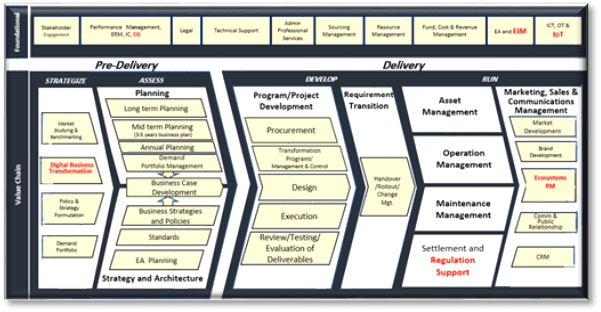
Cyber-Physical Systems (CPS) are engineered systems that orchestrate sensing, computation, control, networking, and analytics to interact with the physical world (including humans), and enable safe, real-time, secure, reliable, resilient, and adaptable performance
Introduction
Part 1 provided a conceptual-level reference architecture of a traditional Data and Analytics (D&A) platform.
Part 2 provided a conceptual-level reference architecture of a modern D&A platform.
This part and parts 4 explain how these two reference architectures can be used to modernize an existing traditional D&A platform. They illustrate this by providing an example of a Transmission System Operator (TSO) that modernizes its existing traditional D&A platform in order to build a cyber-physical grid for Energy Transition. However, the approaches used in this example can be leveraged as a toolkit to implement similar work in other vertical industries such as transportation, defence, petroleum, water utilities, and so forth.
A Word About Cyber-Physical Systems
Cyber-Physical Systems (CPS) are engineered systems that orchestrate sensing, computation, control, networking, and analytics to interact with the physical world (including humans), and enable safe, real-time, secure, reliable, resilient, and adaptable performance.
CPS currently exist across a wide range of environments and spans across multiple industries ranging from military, aerospace and automotive, through energy, manufacturing operations and physical security information management, to healthcare, agriculture, and law enforcement.
CPS is part of a family of interconnected concepts that seek to optimize outcomes, from individual processes to entire ecosystems, by merging cyber/digital approaches with the physical world. Examples of these concepts are Operational Technology, Industrial Internet of Things, Internet of Things, Machine-to-Machine and Smart Cities/Industry 4.0/Made in China 2025.
Table 1 shows the main purposes of these interconnected concepts. Figure 1 depicts that Digital Business Technology Platform(s) can be used to implement the cyber/digital components of modern Cyber-Physical Systems in different vertical industries.
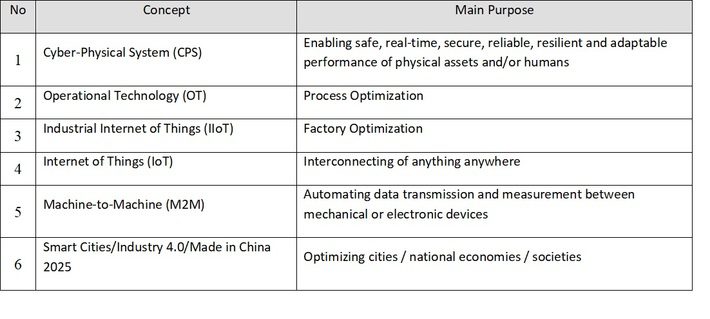
Table 1: Main purposes of CPS and other interconnected concepts
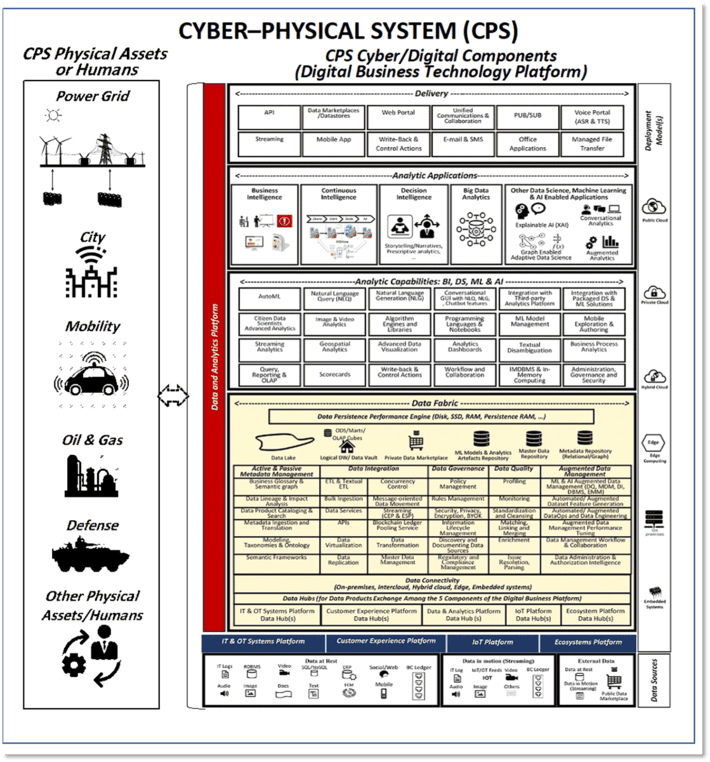
Figure 1: Digital Business Technology Platform(s) can be used to implement the cyber/digital components of modern Cyber-Physical Systems
TRANSPOWER Transmission System Operator
TRANSPOWER is one of the nation’s largest Transmission System Operators (TSO) which owns the power transmission assets and operates the system. TRANSPOWER was established 15 years ago when the electricity market evolved from a vertically integrated style of ownership and control to a horizontally integrated style of ownership and control.
Figure 2 depicts that the initial state electricity market exhibits a vertically integrated style of ownership and control; and Figure 3 depicts that the current state electricity market exhibits a horizontally integrated style of ownership and control.

Figure 2: The initial state electricity market exhibits a vertically integrated style of ownership and control
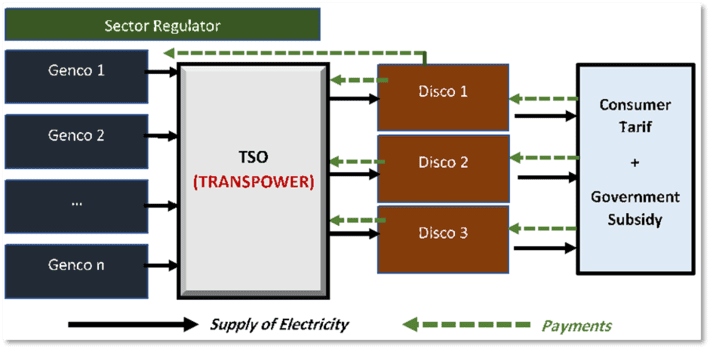
- Genco i … Power Generation Company i
- Disco j … Power Distribution Company j
- TSO … Transmission System Operator
Figure 3: The current state electricity market exhibits a horizontally integrated style of ownership and control
The Future State Electricity Market
Recently, and in response to the key requirements of the national policies of climate and energy, the following strategic objectives were set by the government for the electricity sector to achieve within the next 10 years and TRANPOWER was mandated to lead the development and implementation of a digital business transformation program to achieve them:
- 30% cuts in greenhouse gas emissions
- 25% share for renewable energy
- 26% improvement in energy efficiency
In response to the confluence of these strategic objectives, and the key forces that will be driving transformation in the global electrical utility sectors for years to come (e.g. digitalization, decentralization, democratization and decarbonization), it has been decided to evolve the electricity market (once again) into a distributed energy market style. The sector actors of the distributed energy market will leverage sustainable energy provisioning business models that support transactive energy concepts (including Transactive Control). Figure 4 depicts that the future state electricity market exhibits a distributed energy market style.
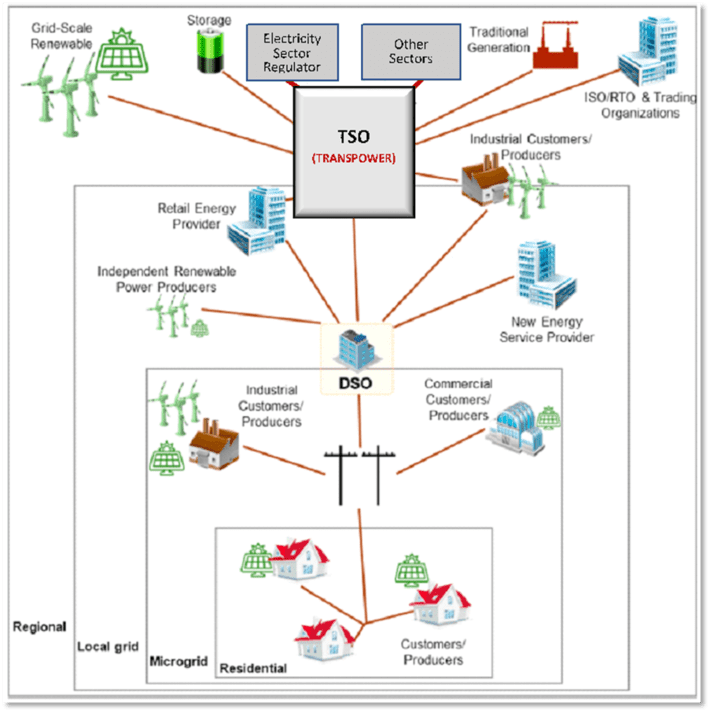
Figure 4: The future state electricity market exhibits a distributed energy market style – adapted from the GWAC transactive energy diagram
TRANSPOWER Digital Business Transformation
To realize the vision of the distributed energy market, TRANSPOWER decided to implement a cyber-physical power grid where the cyber components of this grid will be implemented in the form of a Digital Business Technology Platform. TRANSPOWER took this decision based on an initial study that explored and evaluated the business and technical dimensions of the new electricity market, and hence established a digital business transformation program that comprises the following steps:
Development of digital business transformation strategy and roadmap
- Development of current state Operating Model and Business Capability Model
- Conducting a survey on “digital-only” businesses and “born-digital” businesses relevant to the vision of the distributed energy market and relevant to the new strategic objectives set by the government for the electricity sector
- Reviewing the socioeconomic drivers and technology innovation trends driving the power utility industry toward a decarbonized, distributed, digital and democratized future and their implication on TRANSPOWER Information Communication Technology (ICT) and Operational Technology (OT) plans
- Identifying potential areas for delivering business value by rethinking, reinventing, reimagining and transforming the current business model by better leveraging Social, Mobile, Information, Cloud and Internet of Things
- Developing the future state operating model and business capability model
- Reviewing TRANSPOWER organization chart and propose new organizational capabilities and pathways for digital success
- Defining the initiatives of the digital business program
- Expanding the governance framework to accommodate digital
- Synchronizing TRANSPOWER digital business strategy with its ICT and OT strategies
- Developing a high-level implementation roadmap
Defining the architecture requirements and develop the future state architecture
Establishing the new human capital capabilities required for the implementation of the digital business transformation program
Partnering with relevant ecosystem players
Building the digital business technology platform
Implementing the digital business transformation program
Development of Digital Business Transformation Strategy and Roadmap
Some of the most important high-level deliverables generated from this step are shown in Figures 5 – 7.
Figure 5 depicts TRANSPOWER future state operating model. The future state operating model is used to align strategy with execution. The red text in Figure 5 indicates that some capability building blocks are missing or need to be improved and modernized to enable the implementation of the digital business transformation program.
One of the most important new capability building blocks shown in Figure 5 is the digital business transformation capability building block. This building block includes the new capabilities needed to create TRANSPOWER digital services; and it is highlighted by the red text in the left side of Figure 5.
Figure 6 shows a closer look at the digital business transformation capability building block.
Table 2 shows the most important business requirements related to TRANSPOWER future state operating model.
Figure 7 depicts TRANSPOWER digital business transformation program high-level implementation roadmap.
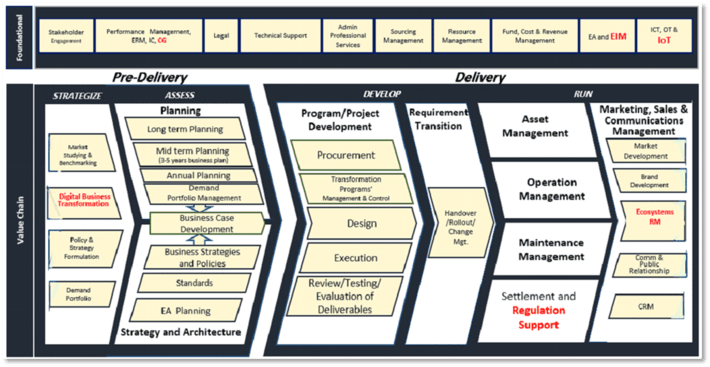
- CG… Corporate Governance
- ERM … Enterprise Risk Management
- IC… Internal Control
- EA … Enterprise Architecture
- EIM … Enterprise Information Management
- ICT … Information Communication Technology
- OT … Operational Technology
- IoT … Internet of Things
- CRM… Customer Relationship Management
- Ecosystem RM … Ecosystems Relationship Management
Figure 5: TRANSPOWER future state operating model
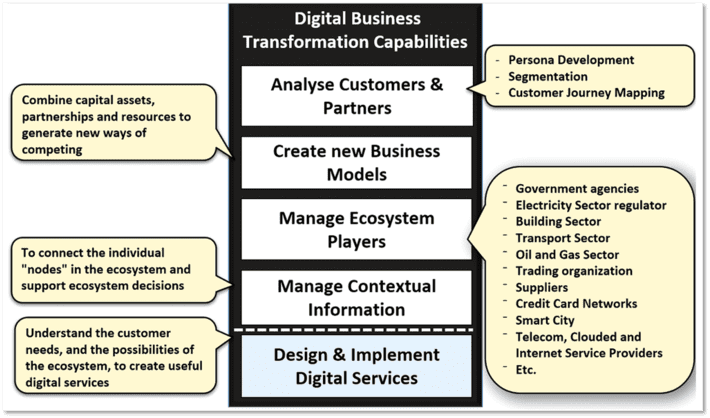
Figure 6: TRANSPOWER digital business transformation capabilities building block – A closer look
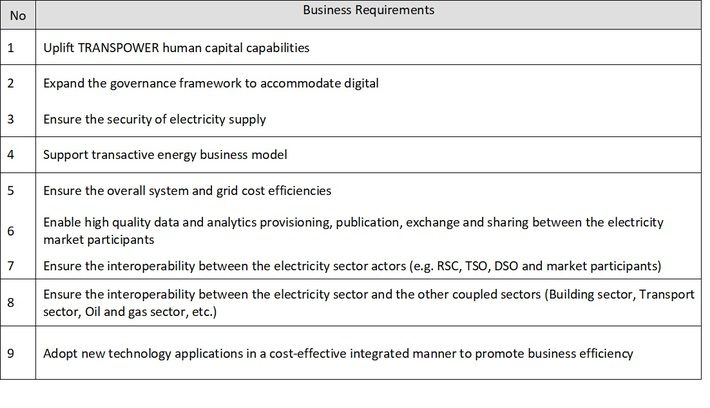
Table 2: The most important business requirements
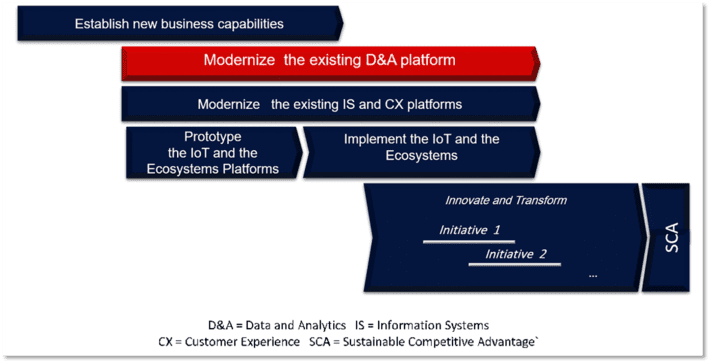
Figure 7: TRANSPOWER digital business transformation program high-level implementation roadmap
Future State Architecture Toolkit
TRANSPOWER used a custom-made Unified Analytics Framework (UAF) as tools to define the future state architectural requirements and develop the future state architecture of its D&A platform. This framework is developed to support both the Agile and the Waterfall approaches for architecture development and program planning and delivery. The reference architecture of modern D&A platform environment is an essential part of the UAF. However, the UAF is based on a wider set of underlying foundations that includes other reference architecture models, best practices and industry standards that had been selected, combined, and tailored to serve this purpose. The UAF is suitable for the utility industry and it can be easily tailored and used to implement similar work in other asset-intensive industries such as heavy manufacturing, aviation, oil and gas, transportation, and mining. Figure 8 depicts the high-level structure of the UAF, Table 2 depicts the UAF underlying foundation. Figures 9 and 10 depict tow of these foundations (the reference architecture of modern D&A platform environment and Inmon’s seven streams approach respectively.
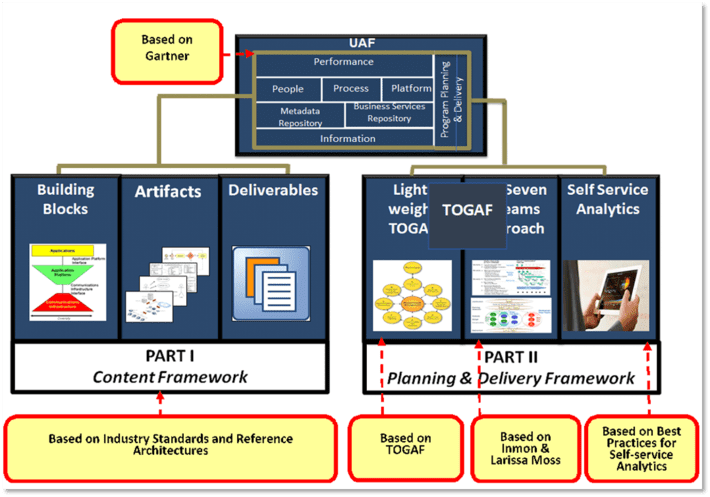
Figure 8: High-Level Structure of Unified Analytics Framework
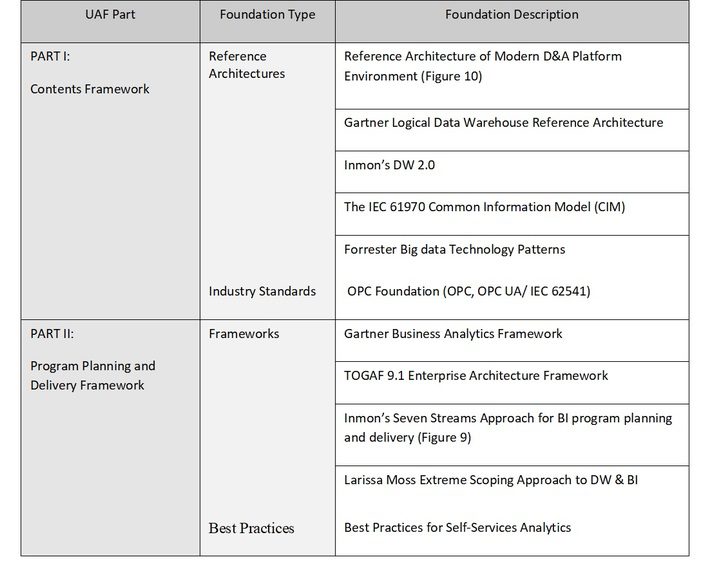
Table 3: The UAF Underlying Foundations
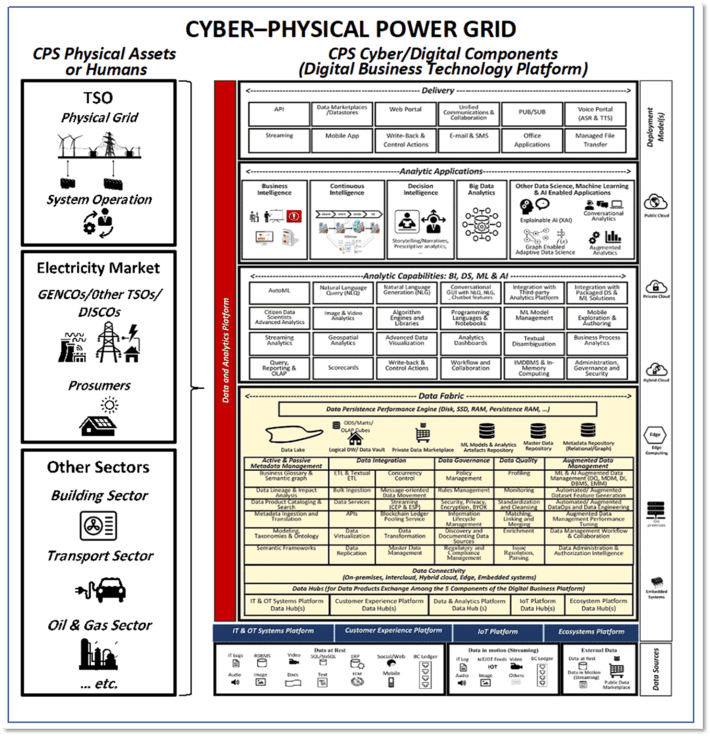
Figure 9: Reference Architecture of Modern D&A Platform Environment
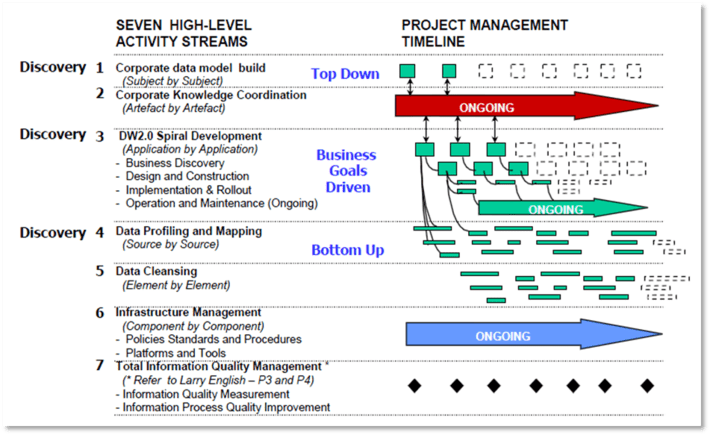
Stream 3 is the “driver stream” that sets the priorities for the other six streams
Figure 10: Inmon’s Seven Streams Approach for Analytical Program Planning and Delivery
Conclusion
This part described the business case and highlighted the strategic objectives of a TSO that modernizes its D&A platform as a part of implementing its cyber-physical grid for energy transition. The TSO used a toolset to define the architecture requirements and develop the future state architecture of the D&A platform. The most essential tools used by the TSO include the TSO operating model, the D&A environment reference architecture, and the seven streams approach for program planning and delivery. The next part describes the architecture requirements, the future state architecture, and the implementation approach of the modern D&A platform.
